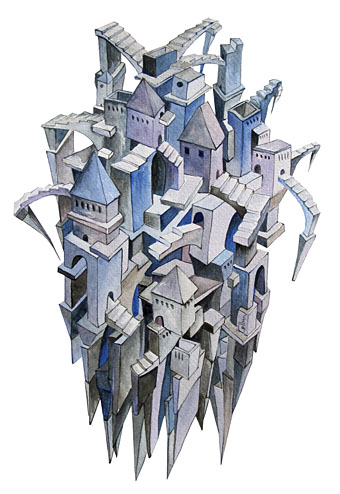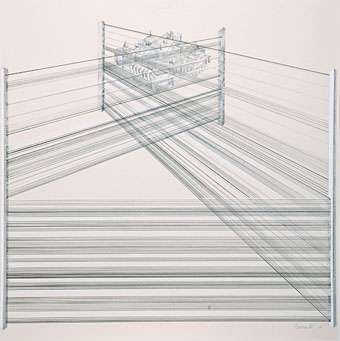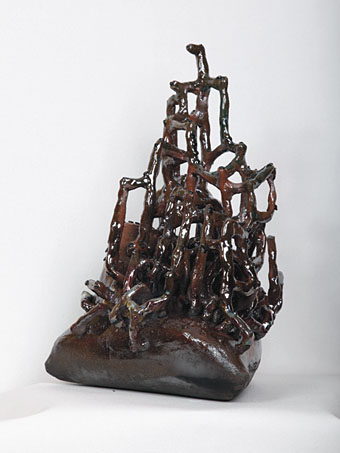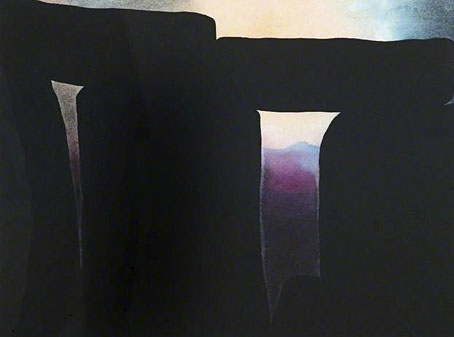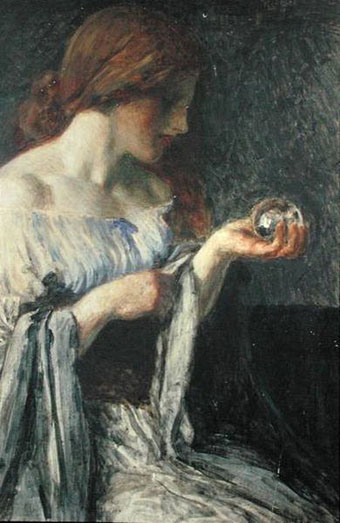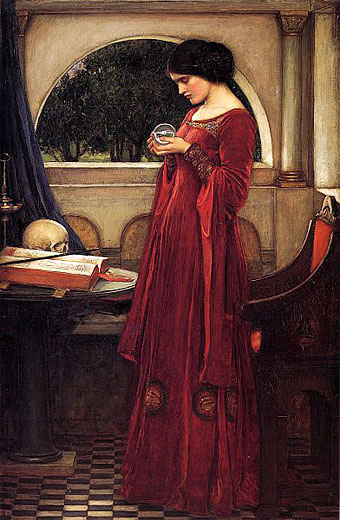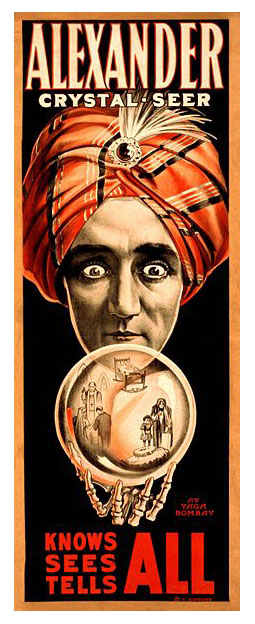
Cover by Norman Mingo, March 1965.
It’s a short step from Escher’s perceptual games to optical illusions in general. Blivets are one of those curious cultural artefacts that appear everywhere but whose origin is a mystery. Even the name blivet isn’t settled (or, for that matter, the meaning of the word) since the impossible figure is also known as The Devil’s Tuning Fork (or Pitchfork), The Ambiguous Trident, the Mad magazine Poiuyt, and more. It was the Mad usage that prompted me to draw these things endlessly on schoolbooks. A friend had a collection of the paperback reprints of the magazine which I eagerly borrowed; Poiuyts are a running joke in issues of the 1960s, appearing on maps or diagrams, or simply sitting in the margin of a page.
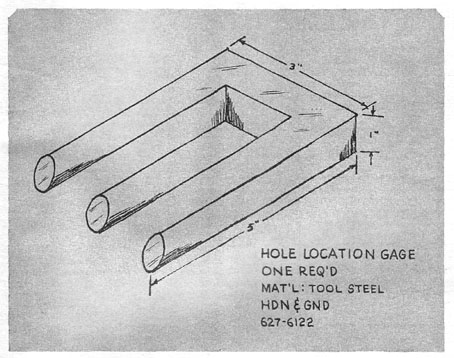
Anonymous reader submission, Analog, June 1964.
Wikipedia’s article on the blivet mentions the figure appearing in a 1964 issue of Analog Science Fiction and Fact but I suspect it goes back much further. This is one of those simple jokes that could have been invented during an idle moment in a factory or office then spread meme-like among workers. Blivets are easy to remember, and can be quickly drawn anywhere which explains their staying power today. Glenn Jones’ T-shirt design is only one of many recent examples. There’s more to be seen at Mighty Optical Illusions.
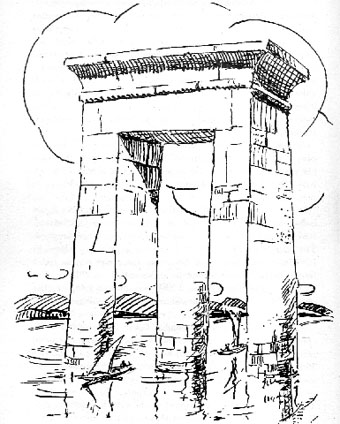
Undecidable Monument (1968) by Roger Hayward.
Escher’s Dogs by Glenn Jones.
Previously on { feuilleton }
• False perspective
• Trompe l’oeil





